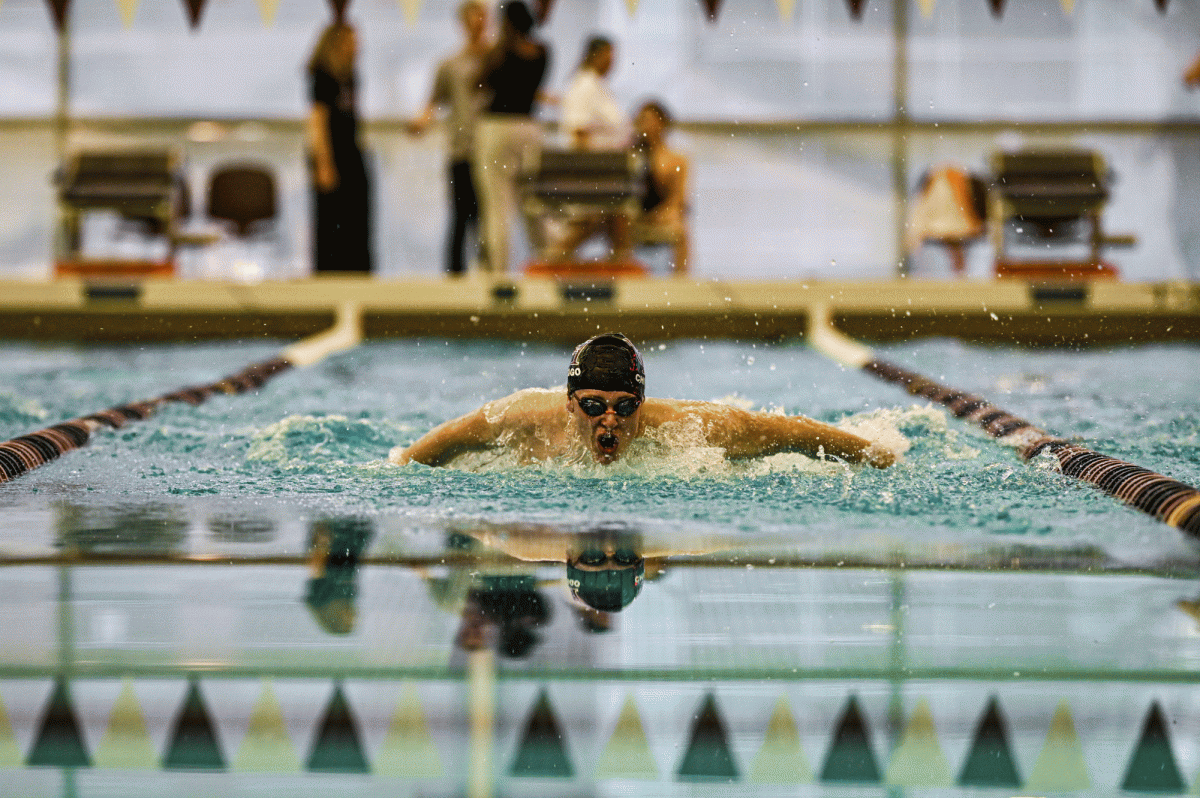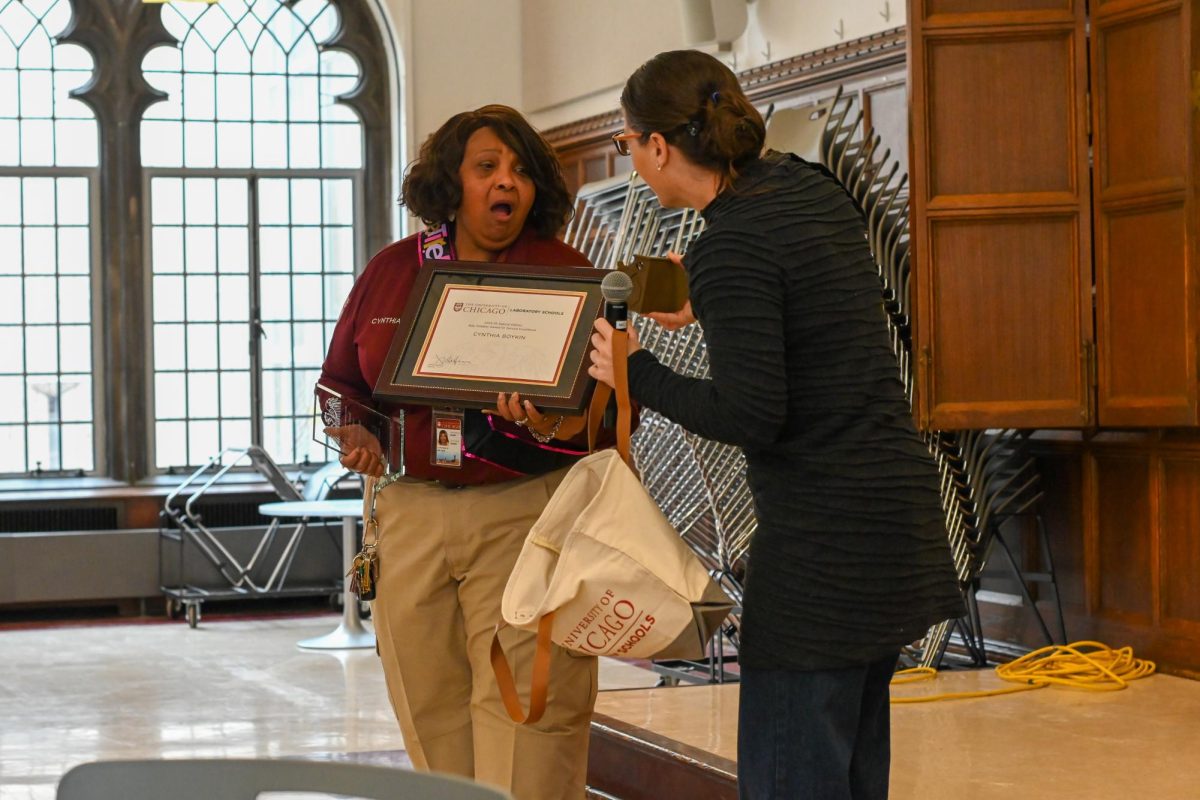“It’s a relationship,” says one of the main characters of “Challengers,” when asked to define tennis. Within the first 30 minutes, “Challengers” establishes its main focal points — tennis and relationships.
This quote serves as a thesis statement for “Challengers.”A complete joy to watch, “Challengers” uses tennis to frame the story and employs conventional romance tropes to illustrate a three-way relationship.
Coming out in theaters on April 22 to an extremely successful box office weekend and onto streaming services on May 17, “Challengers” shows that relationships are in the background of every tennis match, and vice versa. This manifests as both the athletic and personal volley, an endless back and forth.
The story follows Art Donaldson (Mike Faist) and Patrick Zweig (Josh O’Connor), who win the Junior U.S. Boys’ Open as a doubles team around age 18. The girls champion is Tashi Duncan (Zendaya), stated by Patrick to be “the hottest woman you’ve ever seen” — and additionally, the greatest tennis player of her generation.
Remarkably, the three fool around together, and the movie maintains physical and romantic tension among all of them, including Art and Patrick. However, the two still vie for Tashi’s number. She proclaims that her number will go to whoever wins a tennis match between Art and Patrick the next day.
This rivalry is the heartbeat of the movie, going back and forth — like tennis — from their teenage past in 2006 to the present of 2019. In the present Tashi and Art are unhappily married, with Tashi experiencing a career-ending injury and Art going on to become a celebrated tennis player. Patrick is destitute and estranged from them both. He sees the two again at a tennis tournament where Art and Patrick have a final match, competing for first place and for Tashi.
Even outside of its creative use of tropes and structure, “Challengers” is beautifully shot, engrossing and tension-filled. The soundtrack elevates the stakes of every moment, and the actors pull out all the stops, creating tangible characters within the insightful storyline. Throughout, the movie sets you up to fill in the blanks of what happens next, borrowing conventions from teen drama and rom-coms. When it matters, however, “Challengers” only subverts your expectations.
There is only room for two people in a tennis match, in a relationship and in romantic tropes. “Challengers” proves its audience wrong on all three accounts.
This is best demonstrated in the final scene. Art and Patrick are playing against each other, but by the movie’s standards, they’re not playing tennis; it’s not a relationship. That is, until Patrick reminds Art of their rivalry over Tashi. Art is ignited, and suddenly, they’re playing real tennis. But the camera isn’t just switching between the two — instead, it focuses partially on Tashi’s face, enchanted by the intensity of the match. They’re playing real tennis now. It’s a relationship but only when defined by Tashi.
The scene culminates in Art and Patrick embracing on the court after the winning point is scored. As they hug, Tashi shouts triumphantly, the first time since her win in the Junior U.S. Girls’ Open, 13 years earlier.
There are three of them. They are all on the court. It feels like they are all in love. In a moment that is both moving and joyous, “Challengers” proves the complexity and the power of the relationship among these three characters. It feels, at once, like the destruction of romance and its ultimate affirmation.





















































